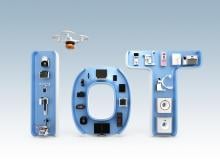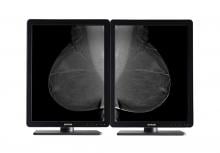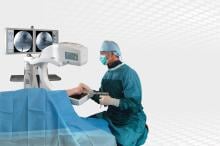The enormity of changes in the field of medical imaging technology is hard to fathom. In an article on this topic, author James H. Thrall, M.D., chairman emeritus, Department of Radiology, at Massachusetts General Hospital, Boston, stated, “For the better part of 100 years, physics was the dominant scientific basis of radiology, and X-ray attenuation was the paramount measurable parameter.”
If you enjoy this content, please share it with a colleague
- Read more about Top Trends in Medical Imaging Technology
- Log in or register to post comments






